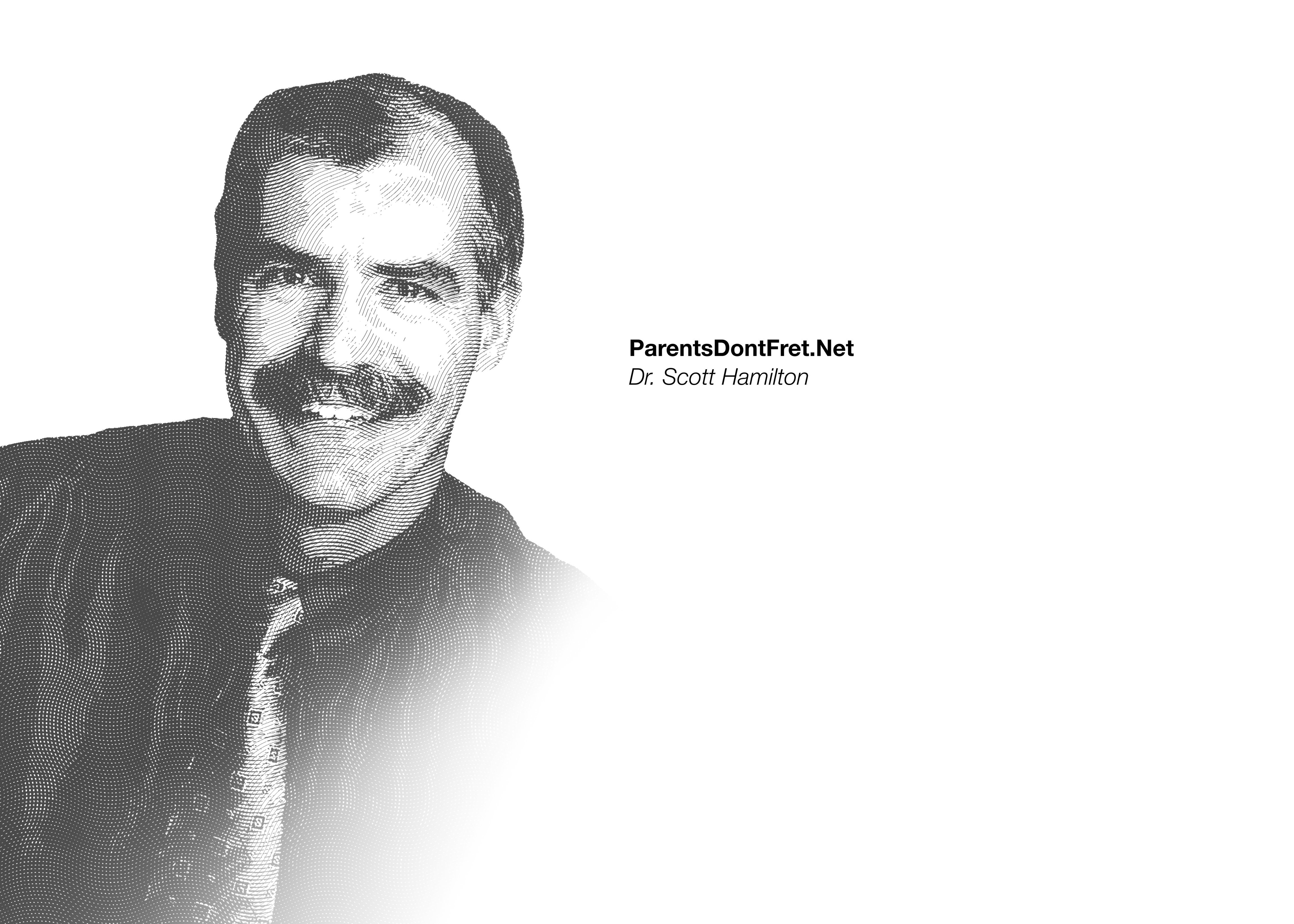
Website to merge into Ochsner.org on August 8!
ochsner.org
ochsner.org

This week’s guest columnist is Dr. Cam Tu Nguyen, a Family Practice resident at the University Hospital and Clinics here in Lafayette.
One spring day, a teenager decided to get a head start on his summer tan. Like any teen, he didn’t heed his parents’ advice to wear sunscreen. It was a pretty cloudy day at the beach, so to increase his chances of tanning, he applied tanning oil. It had an SPF of 4, so you’d think he was okay between the SPF and the clouds, right? Wrong!
When he got home and looked in the mirror, he was shocked to see he was red as a lobster! It really hurt to get a shirt on to go out that night with friends. Then when he got into the car, he scraped the top of his head on the door sill- YOW! While his friends killed themselves laughing, he realized he had burned his scalp too.
Sunburns seem to be a rite of passage for kids and teens at the beginning of the summer. We sometimes see kids in the Pediatric Emergency Department for these burns- they whine and hurt and can’t sleep. Though teenagers often laugh at their discomfort and cherry red skin, our Dermatologist colleagues shake their heads- they’re contemplating their future skin cancer patients.
How did our teenager burn on a cloudy day? Sunlight is composed of several wavelengths of radiation, including infrared heat, visible light, and ultraviolet rays. While clouds stop some sunlight, they don’t stop it completely. After all, you still have plenty of visible light to see on an overcast day. Likewise for ultraviolet wavelengths, the ones that burn and lead to cancer. There’s two types of ultraviolet, UVA and UVB. UVB is the spectrum that causes sunburns. UVA rays are the sun’s “silent killer,” because though you don’t feel them, they penetrate skin and damage skin cells’ DNA, a potential cancer trigger. Like visible light, they get through clouds just fine- burning and injury may take longer, but it happens. This is especially true here in the South, where we’re closer to the sun than the northern parts of the globe.
Dr. Hamilton once took his new 6 week-old daughter to the beach. His wife loves the beach, and couldn’t wait to get out of the house after recovering from delivery. They used all the precautions- floppy hat, big baby skirts, even a beach tent with an SPF rating. But that first day when they got home, baby’ face and arms were sunburned. They learned that sunlight reflected off sand and water, up under tents and hats, can burn just the same!
Babies under 6 months old should be kept out of direct sunlight, in shade. As Dr. Hamilton discovered, avoid reflected sunlight! Infants that age are too young for sunscreen, but over 6 months, slather it on liberally. Babies of any age shouldn’t be in the sun between 10 am and 2 pm, the brightest part of the day, where anyone is most likely to burn.
All kids, when wearing sunscreen, should have it applied 15 minutes before going outdoors, since it takes time to absorb into the skin. Use SPF 30 or higher-less isn’t enough. Cover all surfaces- ears and tops of feet and hands. If your kid isn’t wearing a hat, get that scalp. You don’t want your kid to be that teenager from above, who burned his scalp sunbathing. If your children are at the beach or pool all day, re-apply every 2 hours, and after kids get out of the water. Don’t forget lips- use at least SPF 15 lip balm if you don’t like the taste of regular screen.
This past Mardi Gras, the Scott parade was on a sunny day. Since it was February, many families didn’t think to use sunscreen. That night we saw so many sunburned kids in the Pediatric ER that our nurse dubbed it “The Scott Mardi Gras Glow.” If your kid gets sunburned, you don’t have to bring them in. Do what we recommended: keep skin moisturized, particularly with an aloe-containing lotion. Burned skin dries out, and then itches and burns more. Use ibuprofen or tylenol for pain at bedtime. Cool baths with moisturizing soap help, but don’t use washcloths, which scrape sensitive skin. When they get out of the bath, pat dry with towels, don’t scrub dry. Then slap on that moisturizer!